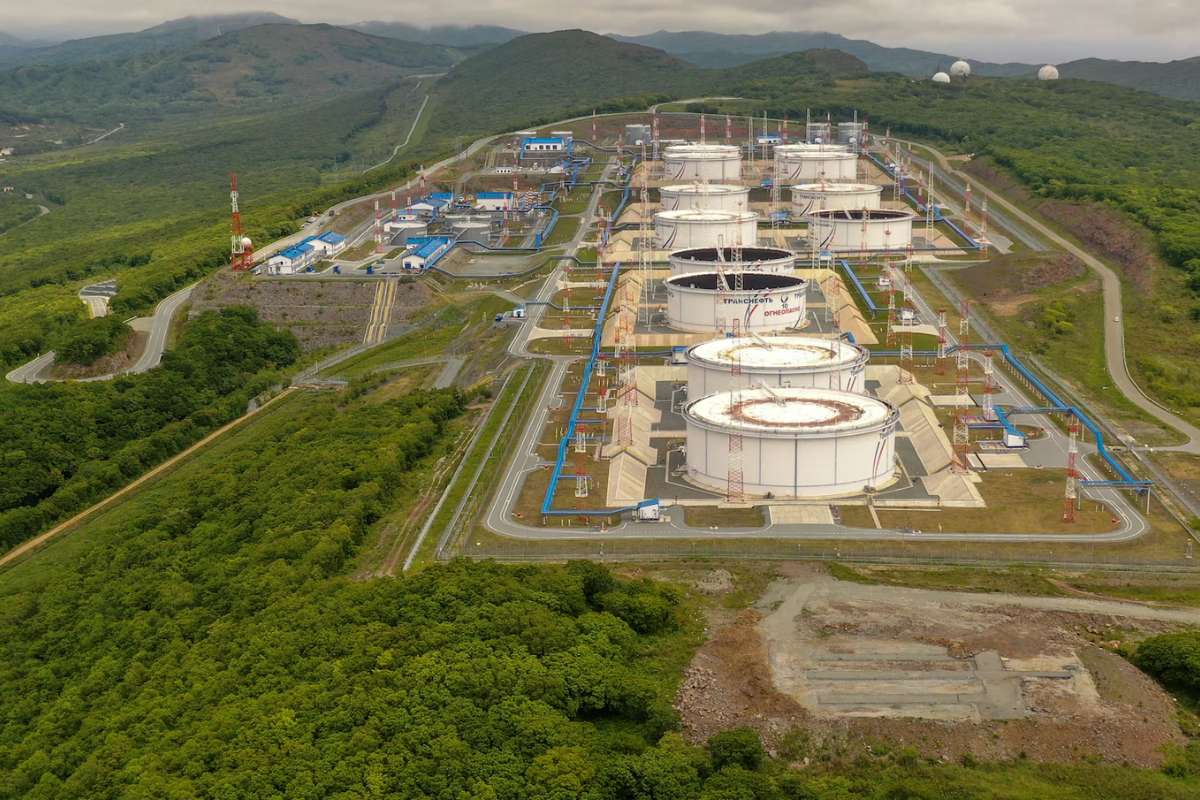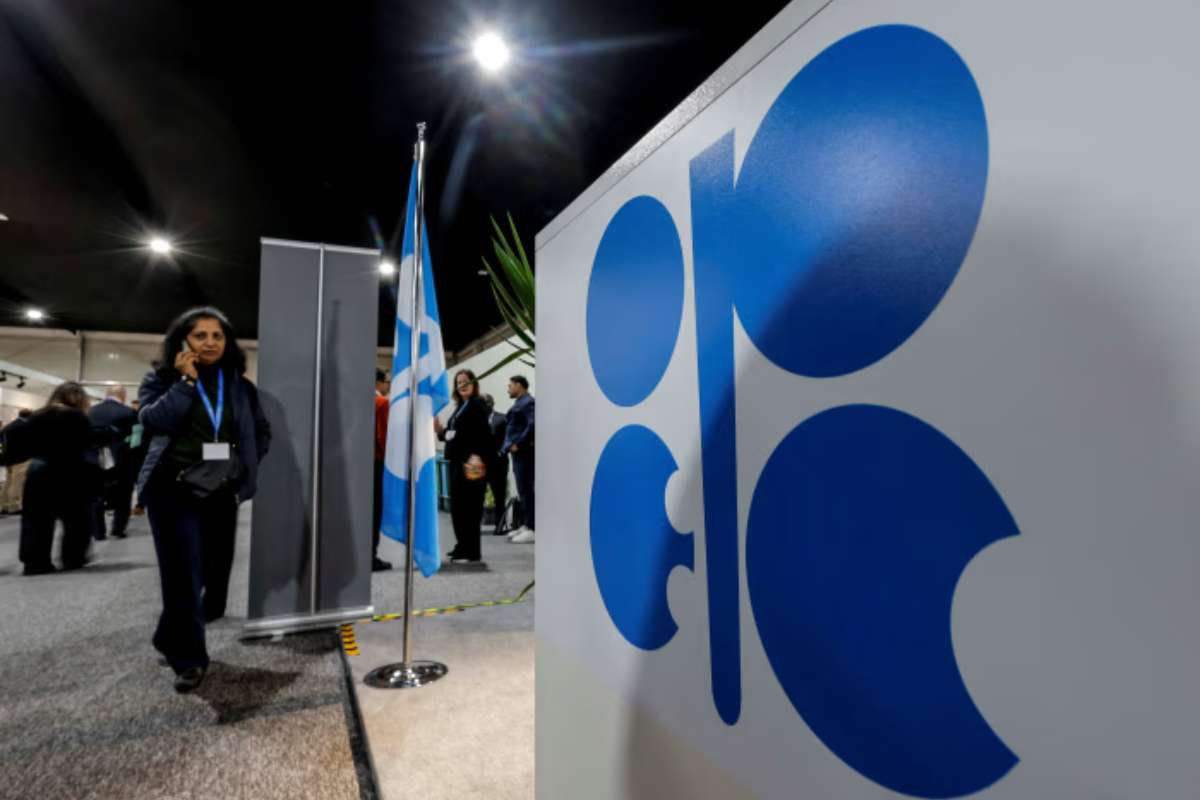Key Points:
- Price Drop: Global oil prices declined by 2%, reaching their lowest level in four months.
- Oversupply Concerns: The fall is attributed to rising supply levels, which have outpaced current demand.
- Market Impact: Traders and investors are reacting cautiously, anticipating further volatility in energy markets.
Oil Prices Fall about 2% on Thursday, marking the lowest levels in four months, as traders assessed market supply and demand conditions ahead of an OPEC+ meeting scheduled for the weekend.
Brent crude futures dropped $1.24, or 1.9%, to settle at $64.11 a barrel, the lowest since June 2. U.S. West Texas Intermediate (WTI) crude fell $1.30, or 2.1%, to close at $60.48 a barrel, the lowest since May 30. Both benchmarks extended losses for a fourth consecutive session.
OPEC+ plans production adjustment
OPEC+ is considering increasing oil production by up to 500,000 barrels per day in November, according to sources familiar with the discussions. This would follow an October increase of roughly 150,000 barrels per day. Market participants view the planned adjustment as part of ongoing efforts to balance global supply.
JPMorgan analysts noted that higher planned production, along with seasonal maintenance at refineries and expected variations in demand, could contribute to growing oil inventories in the coming months.
HFI Research highlighted that U.S. oil stocks have been rising, a trend likely to continue as both domestic and global crude supply adjustments are implemented.
Market supply and demand trends
Oil Prices Fall as the Energy Information Administration reported on Wednesday that U.S. crude oil, gasoline, and distillate inventories increased last week as refining activity slowed and demand softened.
PVM Energy analysts noted that demand estimates have been revised slightly lower for the year, reflecting observed changes in consumption patterns.
In China, crude stockpiling by commercial and government buyers continued to support crude prices, adding a factor of demand stability for the global market.
Infrastructure updates
Oil Prices Fall as the Colonial Pipeline, the U.S.’s largest fuel system, restarted after a brief outage caused by unplanned maintenance on Thursday, a company spokesperson said. The pipeline carries gasoline, diesel, and jet fuel from Gulf Coast refineries to markets along the East Coast.
Analysts continue to monitor supply and demand signals from major producing and consuming countries. Observers noted that planned OPEC+ production adjustments, inventory trends, and refinery activity will influence market dynamics in the near term.
Background
Oil prices have fluctuated in recent months due to variations in production levels, refinery operations, and seasonal demand. Brent crude is down more than 15% from its July highs, while WTI has fallen nearly 18%.
The upcoming OPEC+ meeting is expected to provide additional clarity on supply plans. Market participants are monitoring global inventory levels, production schedules, and consumption patterns to assess the balance between supply and demand.
Oil Prices Fall as planned production changes, inventory movements, and demand trends continues to shape market conditions. Analysts and traders are observing developments to adjust expectations and trading strategies accordingly.
Visit Oil Gas Energy Magazine for the most recent information.
Source:












